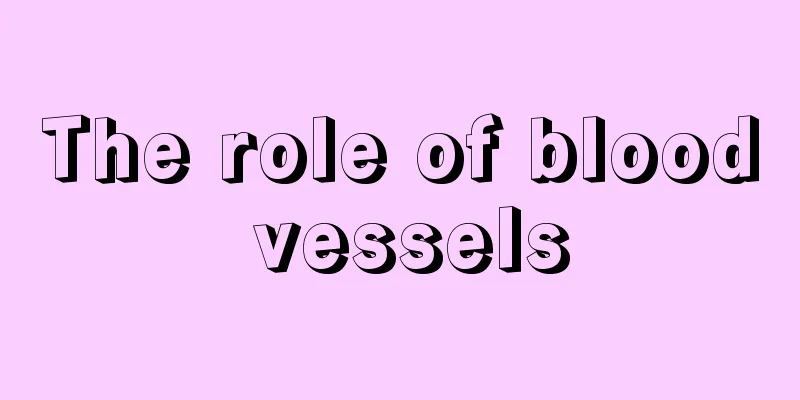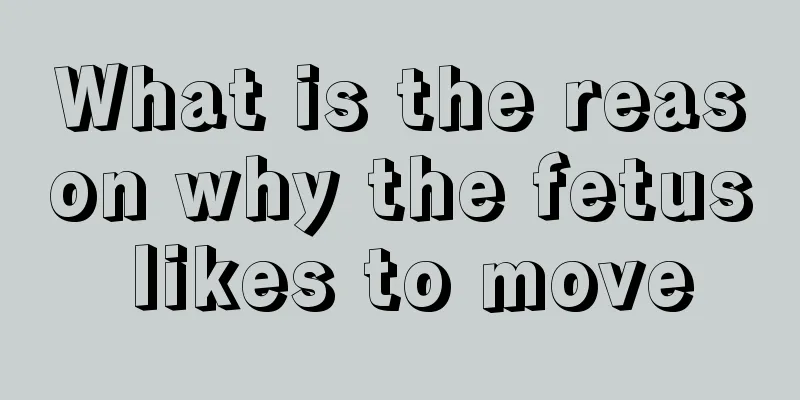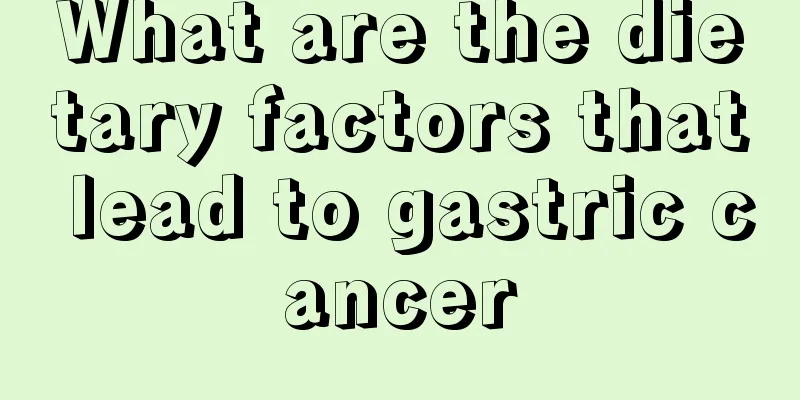The role of blood vessels

|
There are many blood vessels in our body. These blood vessels are basically divided into arteries, veins and capillaries. These blood vessels are very important to us. They are mainly used to help us complete blood circulation. If the blood circulation in our body cannot proceed normally, our body's life activities will be disturbed to a certain extent. So what are the specific functions of blood vessels in the body? The cardiovascular system consists of the heart, arteries, veins, and capillaries. 1. Heart: A power organ composed of cardiac muscle. There are four heart chambers (left and right atria, left and right ventricles). There is a one-way valve inside to ensure that blood flows in one direction. 2. Arteries: Tubes that carry blood from the heart to peripheral organs. Morphological characteristics: Its caliber gradually becomes thinner, and it is divided into three types of arteries: large, medium and small. The tube wall is rich in elastic fibers and smooth muscles. Its structure is closely related to its function (continuous flow of blood, formation of blood pressure). 3. Veins: Channels that carry blood from the periphery to the heart. Step by step, the caliber becomes larger and is injected into the atrium. Morphological characteristics: The tube wall is thin, and the elastic fibers and smooth muscles are underdeveloped. But the caliber is larger and it serves as a reservoir for blood. 4. Capillaries: Tubes between the ends of arteries and veins, distributed in almost every organ in the body. Morphological characteristics: small diameter, thin wall, and only one layer of endothelial cells. The blood flows slowly in it, which is conducive to the exchange of substances. 5. Vascular anastomosis: anastomosis between arteries, anastomosis between veins, anastomosis between arteries and veins, and collateral anastomosis. The function of the heart is to promote blood flow, provide sufficient blood flow to organs and tissues to supply oxygen and various nutrients, and take away the end products of metabolism (such as carbon dioxide, urea and uric acid, etc.) so that cells maintain normal metabolism and function. Various endocrine hormones and some other humoral factors in the body also need to be transported to target cells through blood circulation to achieve the body's humoral regulation and maintain the relative constancy of the body's internal environment. In addition, the realization of the blood's defense function and the relatively constant regulation of body temperature also depend on the continuous circulation of blood in the blood vessels, and the circulation of blood is achieved due to the action of the heart "pump". Blood vessels are the series of tubes through which blood flows. The human body has blood vessels throughout its body except for the cornea, hair, nails, teeth and epithelium. According to the different structures and functions of blood vessels, they are divided into three types: arteries, veins and capillaries. Arteries originate from the heart, branch out continuously, become smaller in caliber and thinner in walls, and finally separate into a large number of capillaries, which are distributed throughout the tissues and cells of the body. The capillaries then merge again, gradually forming veins, and finally returning to the heart. Arteries and veins are channels for transporting blood, capillaries are the place where blood and tissues exchange substances, arteries and veins are connected through the heart, and blood vessels throughout the body form closed channels. The distribution of blood vessels in the human body is often symmetrical and adapted to the function. Large blood vessels are mostly parallel to the long axis of the body and are wrapped together with nerves by connective tissue membranes to form vascular-nerve bundles. The circulatory system is composed of the heart and blood vessels. The heart is the driving organ that drives blood flow, and the blood vessels are the channels through which blood flows. Blood vessels are divided into three categories: arteries, capillaries and veins. Blood ejected from the ventricles returns to the atria through the arteries, capillaries, and veins. Blood vessels play an important role in transporting blood, distributing blood and exchanging substances. |
<<: What to eat on Dragon Boat Festival morning
>>: What is the temperature for making milk in summer
Recommend
The first symptoms of skin cancer
Everyone has heard of skin cancer, right? So what...
The most important health care measures for brain cancer in clinical practice
Among the many cancer diseases of the brain, brai...
How often should I use conditioner
Many girls who love beauty hope to have smooth an...
How to recognize the onset of childhood bone cancer
How to identify the onset of childhood bone cance...
How to clean radiation protection clothing
Anti-radiation clothing mainly utilizes the radio...
What symptoms does colon cancer usually manifest itself in?
The appearance of colorectal cancer will make man...
How to increase blood vessel elasticity
When you reach a certain age, the elasticity of y...
What should we pay attention to in lung cancer activities
Although lung cancer is a very harmful disease, i...
What are the symptoms of detoxification through hand shaking exercise
Hand-shaking exercise is very popular among the e...
Laryngoscopy in patients with laryngeal cancer
Laryngoscopy in patients with laryngeal cancer: (...
Can the pain in the occlusal joint heal itself?
Occlusal arthritis refers to a type of pain cause...
What medicine is used to reduce inflammation, activate blood circulation and remove blood stasis
Anti-inflammation and promoting blood circulation...
Is stomach pain on an empty stomach a sign of stomach cancer?
Stomach pain on an empty stomach is not necessari...
Which department should I go to in the hospital for melanoma
Malignant melanoma is a tumor produced by melanoc...
Don't confuse the clinical manifestations of rectal cancer
The clinical manifestations of rectal cancer are ...









